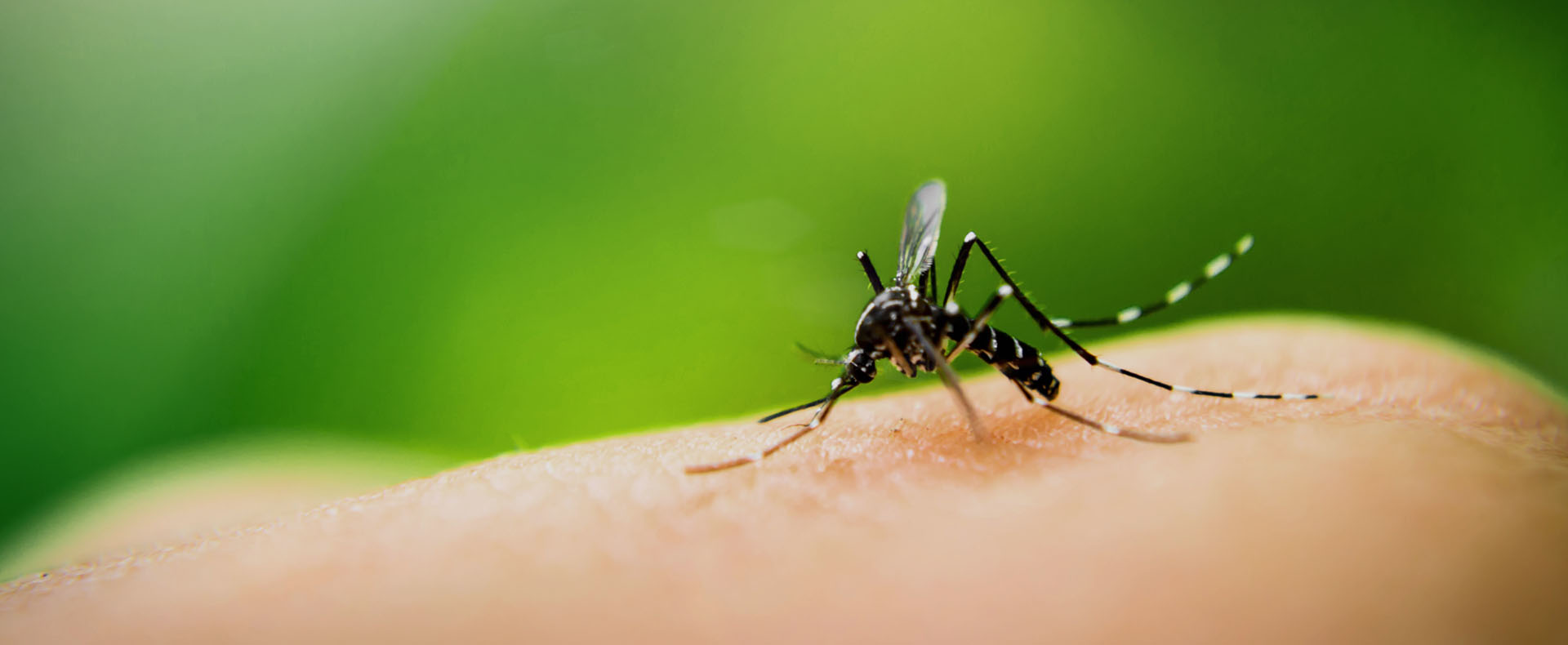Malaria is a mosquito-borne infectious disease that affects humans, caused by protozoan parasites belonging to the genus Plasmodium. In 2018, P. falciparum accounted for 99.7% of estimated malaria cases in the World Health Organization (WHO) African Region, 50% of cases in the South-East Asia Region, 71% of cases in the Eastern Mediterranean, and 65% in the Western Pacific.
When an infected mosquito bites a human, it introduces the parasite from its saliva into a person’s blood. The long lifespan and strong human-biting habit of the African species that carry malaria are the main reasons for the high incidence of malaria in Africa. Despite the fact it is easily preventable and treatable, malaria continues to have a devastating impact on people’s health and livelihoods around the world.
Here are some facts from the World Health Organization’s Africa office to put the situation into perspective:
Populations at Risk
Africa carries a disproportionately high share of the global malaria burden, both in terms of total malaria cases and malaria deaths. Some population groups are at considerably higher risk of contracting malaria and developing severe disease than others. These include infants, children under 5 years of age, pregnant women, and patients with HIV/AIDS, as well as non-immune migrants, mobile populations, and travelers. National malaria control programs need to take special measures to protect these population groups from malaria infection, taking into consideration their specific circumstances.
The effects of malaria extend far beyond direct measures of morbidity and mortality. Malaria can reduce school attendance and productivity at work. There is evidence that the disease can also impair intellectual development. The economic costs are also significant. Between 1965 and 1990, countries in which a large proportion of the population lived in regions with malaria experienced an average growth in per-capita GDP of 0.4% per year, whereas the average growth in other countries was 2.3% per year.
WHO African Region, with an estimated 200 million cases, accounted for 92% of global cases. In 2018, children aged under 5 year accounted for 67% (272,000) of all malaria deaths worldwide.
– World Health Organization
Symptoms and Prevention
Symptoms manifest between 8 and 25 days after infection and are typically flu-like; they include head- aches, fever, shivering, joint pain, vomiting, jaundice, retinal damage and convulsions. Paroxysm – a feeling of suddenly becoming cold with uncontrollable shivers followed by fever and sweating – is extremely common.
People with severe malaria, usually caused by P. falciparum, display symptoms such as abnormal posture, inability to turn the eyes in the same direction, seizures, or even falling into a coma. If malaria is not treated quickly, it can progress to severe illness, often leading to multiple organ failure in adults, or even death. Malaria in pregnant women can cause stillbirths, infant mortality, and low birth weight.
Vector control is the main way to prevent and reduce malaria transmission. If coverage of vector control interventions within a specific area is high enough, then a measure of protection will exist across the community. Two forms of vector control, insecticide-treated mosquito nets (ITN) and indoor residual spraying, are effective in a wide range of circumstances.
By forming a physical barrier between mosquitos and humans, nets are a simple and effective means of preventing infection, particularly if people sleep underneath one, as mosquitos emerge to feed at dawn and dusk. While people in Africa are benefiting from insecticide-treated nets, ITN coverage has been at a standstill since 2016. Households with at least one ITN for every two people increased to 72% in 2018, from 47% in 2010. However, this figure represents only a modest increase over the past 3 years and remains far from the target of universal coverage. Only 40% of the Nigerian population at risk are sleeping under long-lasting insecticidal nets (LLINs).
The biggest challenge faced by malaria-endemic countries in Africa is inadequate financing for malaria prevention and treatment services for people at risk. As a result, there are communities and populations that cannot access prevention measures or treatment when needed.
LightWaterLife’s humanitarian aid insecticide-treated net covers a full-size bed or cot and provides fully enclosed protection against biting insects and mosquitoes. ITNs form personal protection that has been shown to reduce malaria illness, severe disease, and death due to malaria in endemic regions. The durable mildew-resistant polyester netting packs easily in the enclosing carrying bag.
Click here to learn more about partnering with LightWaterLife.
Source: WHO Africa Region


